What is Sciatica & How Can You Relieve Sciatic Pain?
No one wants to endure going through the day with pain striking down your leg. We understand this and are here to help!

Understanding Sciatica: Unveiling the Facts
Sciatica is a commonly heard term, but its true nature might be a bit murky for many. Beyond just back pain, sciatica involves a range of complexities that aren’t often fully grasped. In this article, we’ll dig into the world of sciatica, getting into the nitty-gritty of what causes it, what its symptoms are, and what options are available for treatment.
What is Sciatica?
Sciatica is not a standalone condition; it’s a symptom that points to an underlying problem. It occurs when the sciatic nerve, which runs from your lower back down your legs, gets compressed or irritated. This compression leads to pain, numbness, tingling, or weakness that typically follows the nerve’s path down your leg.
Causes of Sciatica: Finding the Origins
To understand sciatica, we need to look at what triggers it. The most common cause is a herniated disc in your lower spine. When a disc between your vertebrae slips out of place, it can press on the sciatic nerve, causing pain.
Other factors can contribute to sciatica too. Spinal stenosis, which is a narrowing of the spinal canal, can cause compression. Degenerative disc disease, where the discs between your vertebrae break down over time, can also lead to sciatic nerve compression. Even pregnancy can play a role, as the growing uterus can put pressure on the sciatic nerve. In some cases, muscle spasms, tumors, or injuries can also cause sciatica.
Symptoms of Sciatica: Deciphering Discomfort
The main symptom of sciatica is pain that radiates from your lower back down one of your legs. The pain can range from a dull ache to a sharp, burning sensation. You might also experience numbness, tingling, or a pins-and-needles feeling. In more severe cases, you might notice weakness in your leg, making it hard to walk or stand.
It’s worth noting that while sciatica usually affects one side of the body, it can affect both legs, although this is uncommon. The intensity of the pain can vary too, with some people experiencing occasional discomfort and others dealing with constant, intense pain.
Exploring Treatment Options Offered at Kinetic Rehab & Spine:
The good news is that sciatica is treatable, and most cases improve with time and non-surgical treatments. The treatment approach depends on the severity of your symptoms, the cause of the problem, and your overall health. Here are just a few of the services we provide to help provide pain relief.
- Rest and Activity Modification: If your symptoms are mild, resting and avoiding activities that make the pain worse might be enough. However, it’s important not to stay inactive for too long, as that can weaken your muscles.
- Physical Therapy: Physical therapy aims to improve your flexibility, strengthen muscles, and correct your posture to relieve pressure on the sciatic nerve. At Kinetic we use manual therapy and movement conditioning to improve function and eliminate pain. Non-intrusive treatment is utilized to improve a patient’s physical capacities through physical assessment, analysis, forecast, quiet training, physical intercession, recovery, infection anticipation and well-being advancement.
- Acupuncture: Acupuncture, also known as Needle Therapy, includes the inclusion of slim needles through your skin at key focuses on your body. A key part of customary Chinese medication, needle therapy is most generally used to treat torment. Progressively, it is being utilized for by and large health, including pressure the executives.
- Occupational Therapy: Kinetic Occupational Therapy uses specialized technology such as virtual reality, light therapy, and stress-reducing techniques to restore neurological function and reduce neuropathy, enhance balance and coordination to prevent fall risk, and optimize human athletic performance.
- Kinetic Conditioning & Recovery: Our Kinetic Conditioning & Recovery Program allows us to look at athletes from a 3D perspective. We identify limitations that may increase risk of athletes getting injured, create corrective exercises and start the performance conditioning. Our unique Recovery Program looks at biomechanical flaws that cause athletes to either have pain or risk of injury, then correct them using manual therapies.
Prevention and Self-Care: Taking Control of Your Health
While you can’t control all the factors that contribute to sciatica, there are steps you can take to lower your risk:
- Maintain Good Posture: Practicing proper posture while sitting, standing, and lifting can reduce strain on your lower back.
- Stay Active: Regular physical activity, such as walking or swimming, can strengthen the muscles that support your spine.
- Practice Safe Lifting: When lifting objects, use your leg muscles and keep the object close to your body to avoid straining your back.
- Use Ergonomic Furniture: If you have a desk job, invest in ergonomic furniture and set up your workspace to support good posture.
Conclusion: Navigating Sciatica’s Path
Sciatica might be a complex puzzle, but with the right approach, it’s one that can be solved. By understanding its causes, recognizing its symptoms, and exploring treatment options, you can take charge of your health. Whether it’s through conservative measures, alternative therapies, or surgery, the goal remains the same: to free the sciatic nerve from compression and get back to a pain-free life. Remember, taking care of your spine is an investment in your overall well-being and future comfort.
Visit us at https://kineticrehabspine.com/contact-us/ to schedule your consultation.
